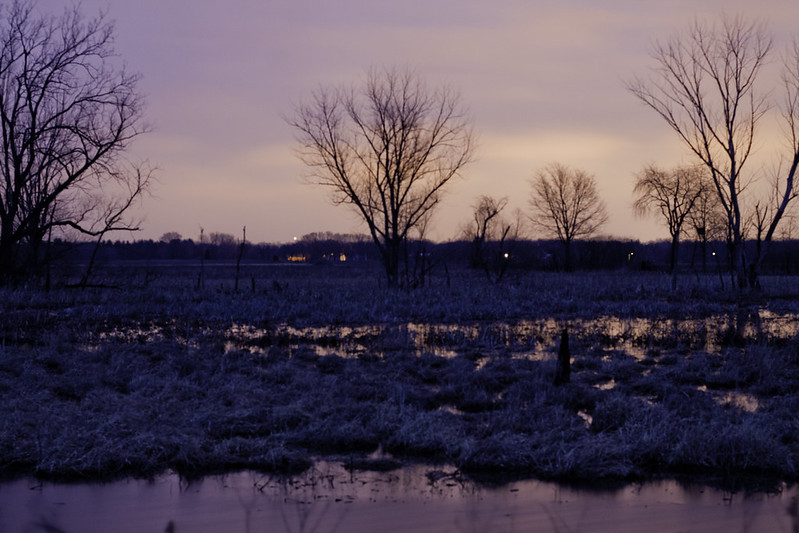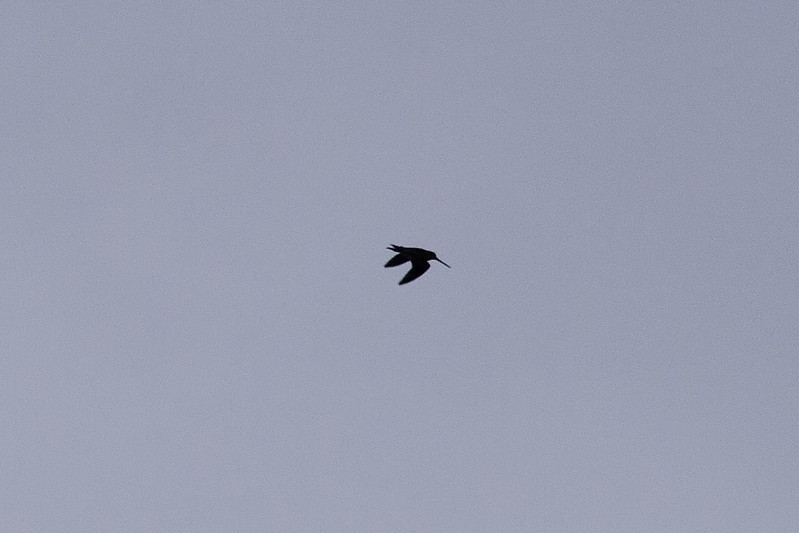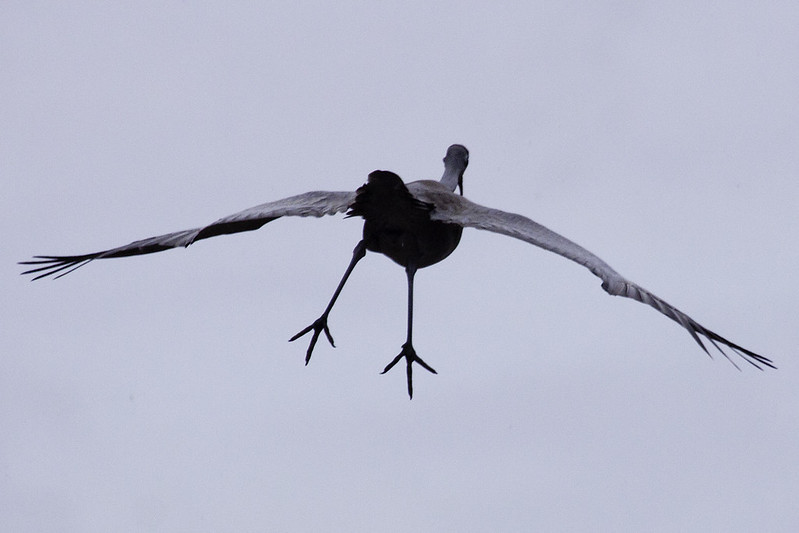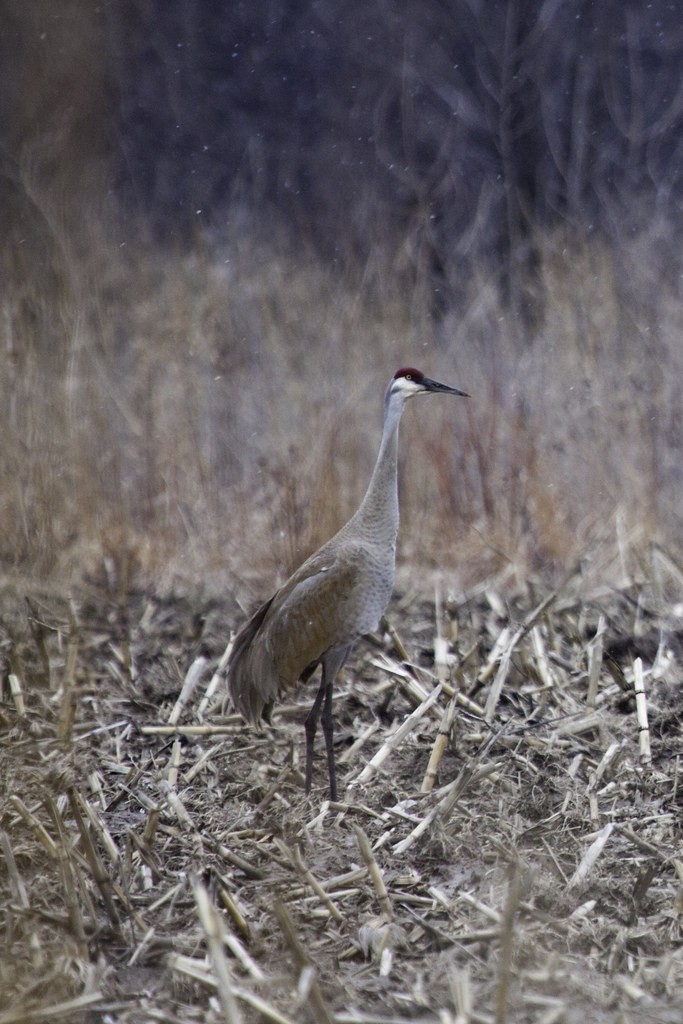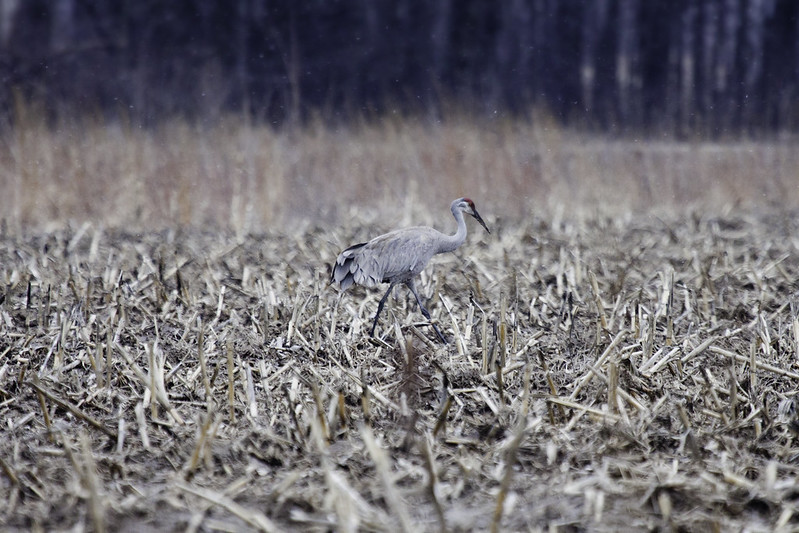Me gustaría empezar agradeciendo a todas/os la posibilidad de poder transmitir a los amantes de la Naturaleza, el Arte y la Historia este maravilloso viaje por el mundo de los Faraones. No puedo omitir mi entusiasmo en este viaje que combina cultura y Naturaleza. Todos los que os guste viajar os recomiendo si podéis hacer un viaje como este donde cultivareis cultura, ocio y diversión.
I would like to begin by thanking you for the opportunity of sharing with lovers of nature, art and history this wonderful journey into the world of the Pharaohs. I cannot let pass my excitement about this trip that combined culture and nature. For those that like to travel, I recommend this trip as a way to cultivate culture, entertainment, and fun.
Las aves han desempeñado un rol fundamental en la historia y en la mitología egipcia desde el comienzo de la civilización del país, ya que antiguamente se creía que algunos dioses tenían partes de aves, o al menos estos eran representados de esa manera.
Birds have played a key role in history, in Egyptian mythology, and from the beginning of the civilization. It was formerly believed that some gods were part bird, or at least they were represented in that way.
Por ejemplo, el Dios Horus, uno de los más importantes del antiguo Egipto, se creía que se manifestaba físicamente bajo la forma de varios tipos de aves, o también se creía que el ser humano había evolucionado a partir de las aves.
For example, the God Horus, one of the most important of ancient Egypt. It was believed that he physically manifested in the form of various types of birds. It was also believed that humans had evolved from birds.
Debido a que las aves son de gran importancia para los habitantes de Egipto y que el turismo es también muy importante, estos dos factores ofrecen muchos tours para que podáis ir a Egipto para observar aves.
Because birds are of great importance to the people of Egypt and tourism is also very important, these two factors make it possible for many Egyptian birding tours.
Además, un importante aliciente para esta actividad es que gran parte del territorio egipcio es un hábitat perfecto para gran variedad de especies de aves. Hay aproximadamente unas 150 especies de aves autóctonas de Egipto, además de muchas otras especies de aves de paso, por lo que el turismo que aprecia la observación de aves, tiene a Egipto como uno de los mejores lugares del mundo donde combinar historia y observación de aves.
In addition, an important incentive for this activity is that much of the Egyptian territory is a perfect habitat for a variety of bird species. There are approximately 150 species of endemic birds from Egypt, as well as many other species of migratory birds. Tourism appreciates birdwatching. Egypt is one of the best places in the world where we can combine history with birding.
Hay un factor que hace muy atractivo este viaje la mayoría de los lugares de visita arquitectónica coinciden para satisfacer también la observación de las aves, como ejemplos Abu Simbel si tenéis un momento para despistaros del grupo podéis observar en las cercanías una variedad de aves como las Tórtolas Senegalesas, Palomas Torcaces, Collalbas de Brehm, Currucas y varios Mosquiteros, por los cielos que rodean Abu Simbel vuelan majestuosos los Milanos negros.
Another factor that makes travel here very attractive is that the major architectural interests coincide with great birding locations. Abu Simbel is an example, if you have a moment to break away from the group. Nearby you can see a variety of birds such as the Senegalese Doves, Common Wood Pigeons, White-crowned Wheatears, Warblers and several flycatchers/gnatcatchers. Through the skies surrounding Abu Simbel fly the majestic Black Kites.
Assuan, visita en barco al poblado Nubio, mí consejo barquito pequeño y una propina al piloto, un par de euros serán suficientes y decirle que al pasar por la reserva natural os acerque a las orillas, podréis ver con facilidad Calamón de Madagascar, Martín Pescador Pío, Garzas, Garcetas, Cormoranes, Gaviotas Reidoras, Águila Pescadora, Avefría Espolada en fin seguro que mas pero dependerá de los días, cuando lleguéis a la zona de camellos fijaos en los pequeños arbolitos con nidos de tejedores.
Aswan, visit the Nubian village by boat. I recommend you rent a small boat and to tip the driver a couple of euros and tell him to go through the nature reserve. On the banks as you approach you can easily see Purple Swamphen/Gallinule, Pied Kingfisher, Herons, Egrets, Cormorants, Black-headed Gulls, Osprey, Lapwing and more. When you get to the camel area, look in the small trees for weaver nests.
En la mayoría de los parques de las ciudades tendréis Cornejas Cenicientas, Bulbul Naranjero y Buitrón Rabilargo.
In the majority of city parks, you will find Hooded Crows, Common Bulbul, and Graceful Prinia.
En Como Ombo si tenéis paciencia veréis que hay una pareja reproductora de Halcones Peregrinos en una de las esquinas de las ruinas.
At Como Ombo, if you have the patience, you will see the breeding pair of Peregrine Falcons in one of the corners of the ruins.
Isla de Filae - la barca os llevara un pequeño recorrido donde veréis Porrones, Garzas y Gansos del Nilo.
Philae island - the boat will take you on a little tour where you will see Pochards, herons and Egyptian or Nile Geese.
En fin no seguiré para no quitar la ilusión de descubrir por vuestra cuenta algunas aves que seguro serán interesantes y curiosas, viaje completo para no aburrir a nuestras sufridas parejas o amigos solo con nuestras aves, buen viaje.
So that I don't remove the illusion of your own discoveries of interesting and curious birds, I'll end here. It was a great trip that didn't bore our long-suffering friends with just birds. Bon voyage!
Spur-winged Plover-Hoplopterus spinosus-Avefria Espolada
Turtle Dove- Streptopelia turtur-Tórtola europea
Hooded Crow-Corvus corone cornix-Corneja cenicienta
Little Green bee eater-Merops orientalis-Abejaruco verde
Little Green bee eater-Merops orientalis-Abejaruco verde
Grey Heron-Ardea cinerea-Garza real
Purple Gallinule-Porphyrio Porphyrio magadascariensis-Calamón de Madagascar
Spur-winged Plover-Hoplopterus spinosus-Avefria Espolada
Osprey-Pandion haliaetus-Aguila Pescadora
Osprey-Pandion haliaetus-Aguila Pescadora
Common bulbul-Pycnonotus barbatus-Bulbul naranjero
Hooded Crow-Corvus corone cornix-Corneja cenicienta
Graceful Prinia-Prinia gracilis-Buitrón rabilargo
José Miguel en las Piramides
Hooded Crow-Corvus corone cornix-Corneja cenicienta
Pied Kingfisher-Ceryle rudis-Martín pescador Pio
Pied Kingfisher-Ceryle rudis-Martín pescador Pio
HORUS
Pied Kingfisher-Ceryle rudis-Martín pescador Pio

